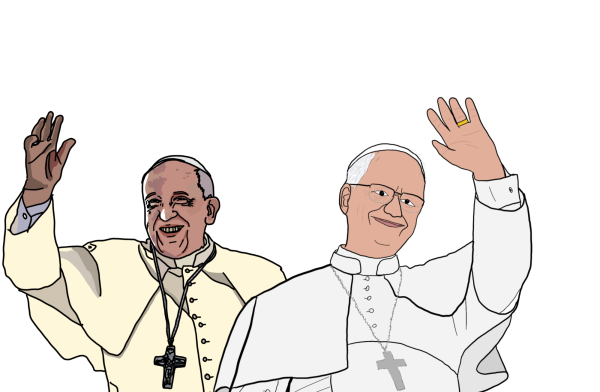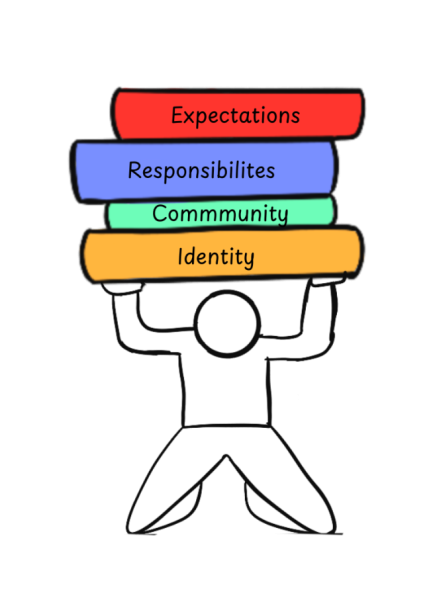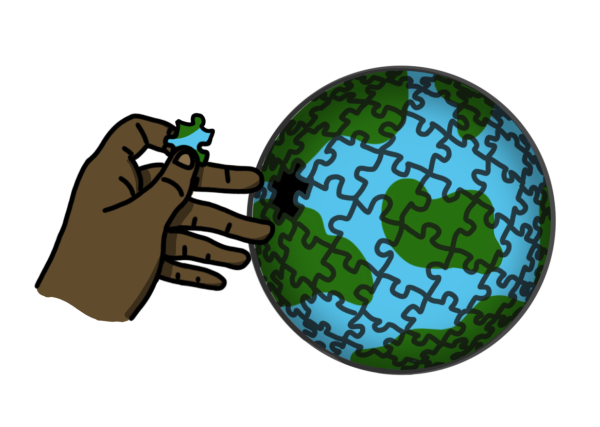The Ripple Effect: The Zimbabwean media’s happily-ever-after?

It’s like the prologue to a fairy tale.
The man who had been involved in Zimbabwean politics since the country’s independence and been as polarizing in his nation as he’s been a symbol of liberation, President Robert Mugabe, has resigned after a series of head-scratching events. He fired his old ally, Vice President (and now-President) Emmerson Mnangagwa — who had been roundly criticized by Mugabe’s wife, Grace — paralleling how in 2014, the previous vice president quit her job after a series of speeches by Grace Mugabe.
The clear bid to put the first lady in position to take over the presidency after 93-year-old Robert Mugabe seemed to be the last straw for the Zimbabweans bemoaning tyranny and the economic downturn, as military leaders effectively put Mugabe under house arrest in a coup and he, in turn, resigned. Then un-resigned. Then resigned again when threatened with impeachment.
Now would be around the point in the story where the knight in shining armor bursts in to slay the dragon of tyranny and restore democracy after Mugabe’s ouster. But, because this is reality, we have to settle for the return of Mnangagwa as the new president and accept that the military is still staunchly loyal to Mugabe’s party itself.
And, either way, an enormous issue lies in the way of erasing the specter of dictatorship: Zimbabweans aren’t engaged in their government. And they aren’t engaged because their media isn’t.
Sure, it’s difficult to note a lack of engagement when outright celebrations of Mugabe’s resignation have been taking place in the capital city of Harare. And lack of interest in the media isn’t an issue, judging by reports from the Zimbabwe Mail that those celebrating streets had been all but abandoned when news stations began broadcasting Mugabe’s resignation. Yet it’s exactly the atmosphere surrounding the government within Zimbabwe’s media that’s forcing up a barrier.
Of eight major Zimbabwean newspapers, three of them are government-owned, according to the BBC — that’s over one-third of them having enthusiastically pro-government leanings. Not to mention, criticism of the regime was stifled even in private-owned papers.
Even with a potentially freer media underway, trepidation still lurks around choosing straightforward reporting of government issues over the publishing of the usual, effusive praise of the president. Two weeks ago, when unrest regarding Mugabe’s presidency really kicked into high gear, the government-run newspaper The Herald ran the words “Business as usual countrywide” as the main headline of the day.
A brief spate of articles taking advantage of the newfound press freedom did run as well, according to the Washington Post, but were tempered with a note of uncertainty as to how long it would last. What would Mnangagwa’s version of the Information Ministry entail for journalism?
As early as Tuesday, the Zimbabwean media has already taken seemingly preventative measures by applying glowing praise to the new president. According to Reuters, a talk show host on state radio exuberantly lauded Mnangagwa for his apparent can-do attitude, inspired by seeing him in the presidential motorcade early in the morning.
The media is tiptoeing again, and so, in turn, are the people. Without the ability to be sure whether or not news outlets are in their “careful praise” or “press freedom!” modes, the sanctity of which truth to trust is battered once more in an already-wary population. When people can’t trust, they can’t understand. Without understanding, there can be no engagement, no participation. And what sort of democracy runs on a lack of participation from the people — the voters?
So, no: no knight in shining armor is going to be able to reignite democracy in Zimbabwe yet. At least, not so long as the two-headed dragon of a flip-flopping media carries on.







